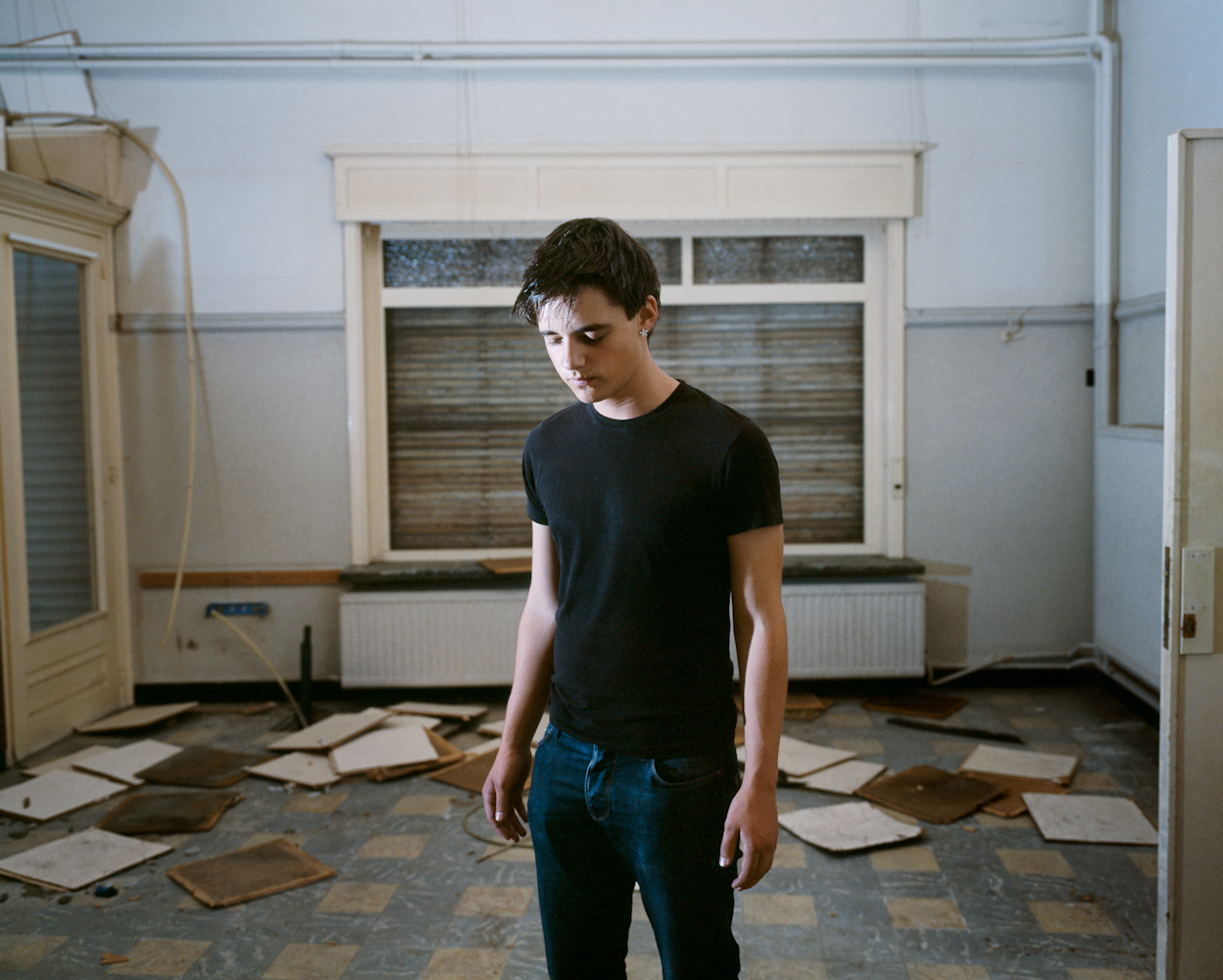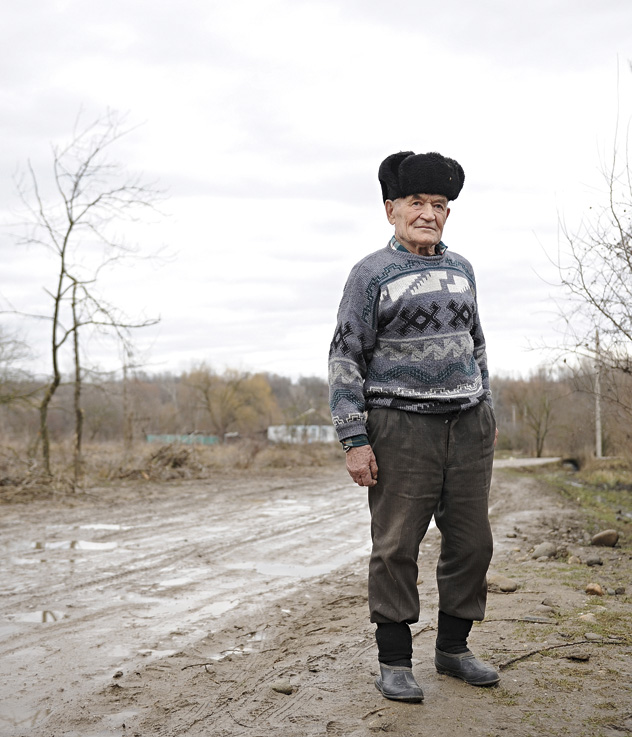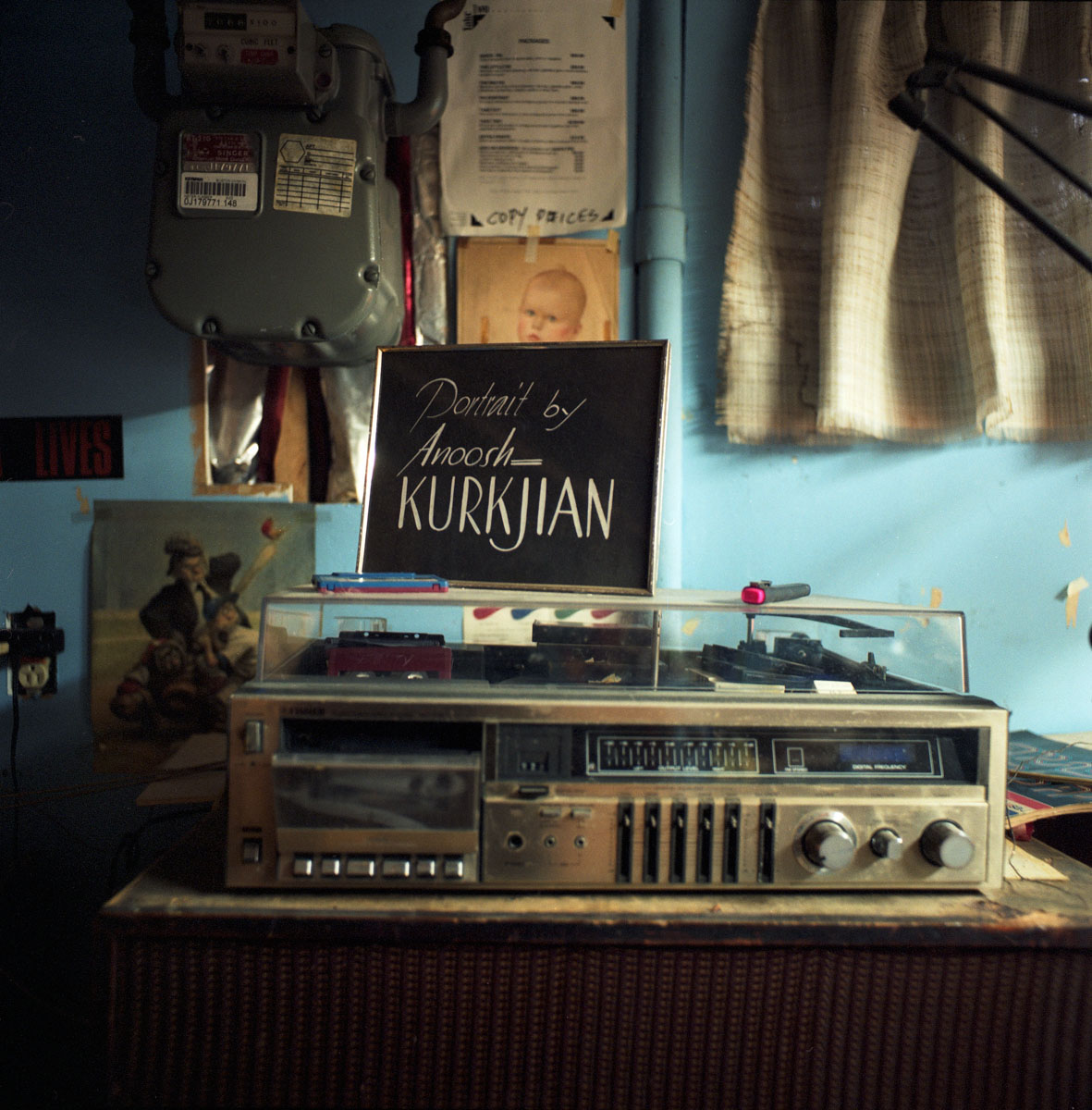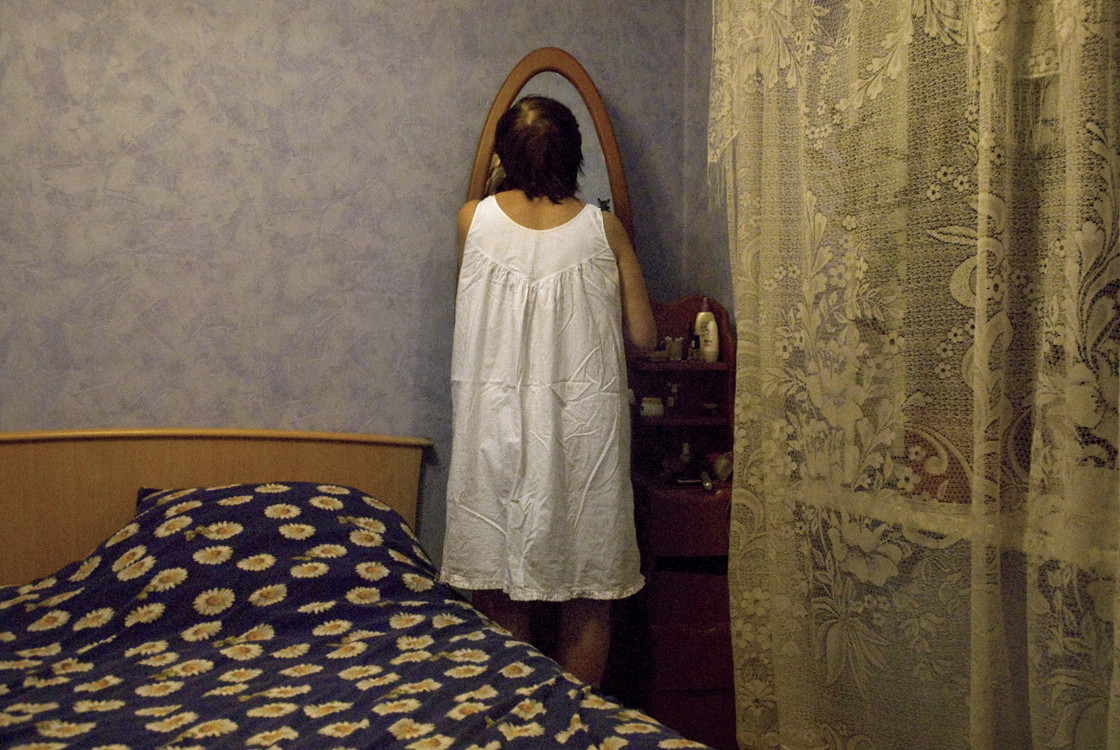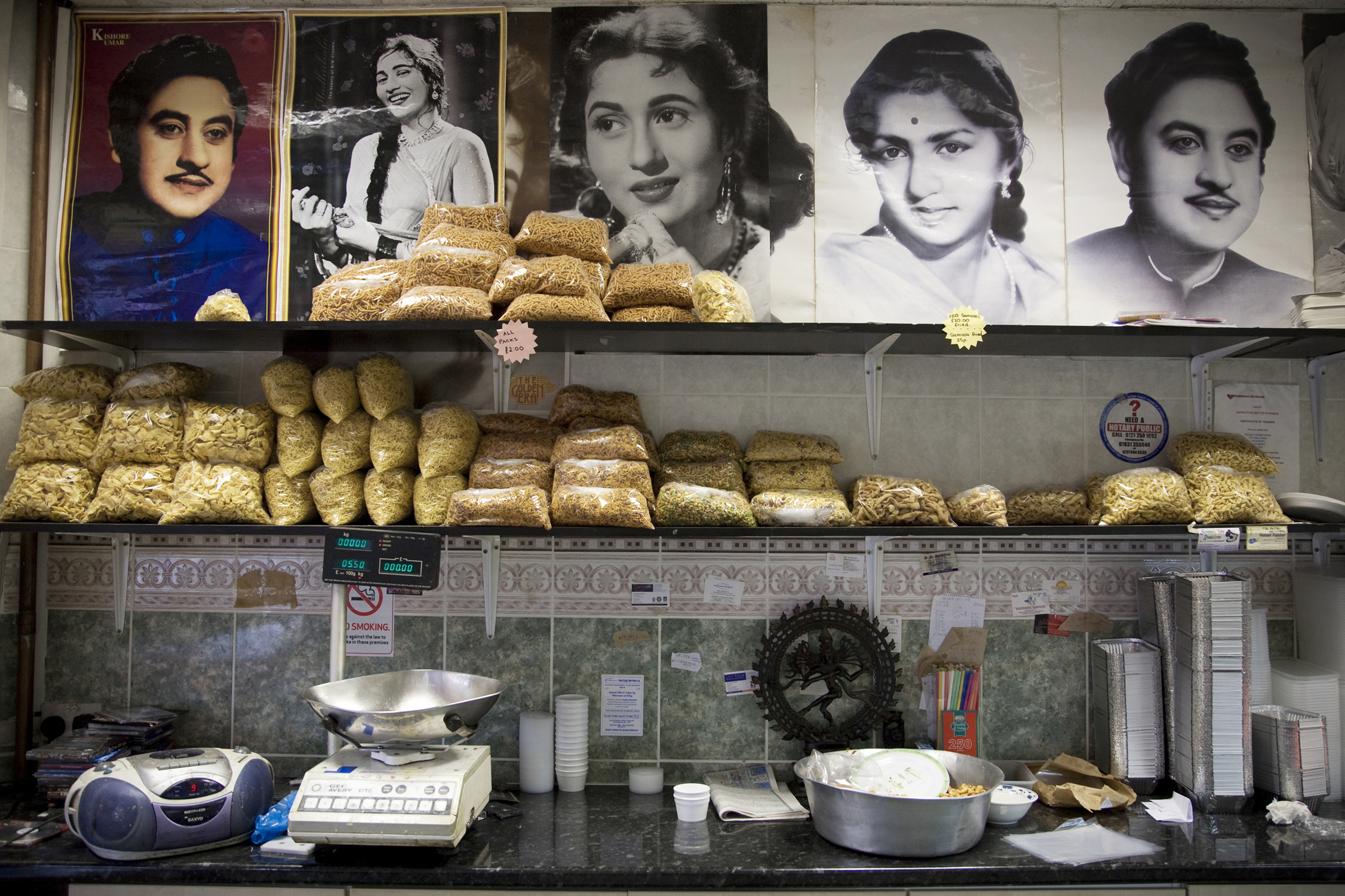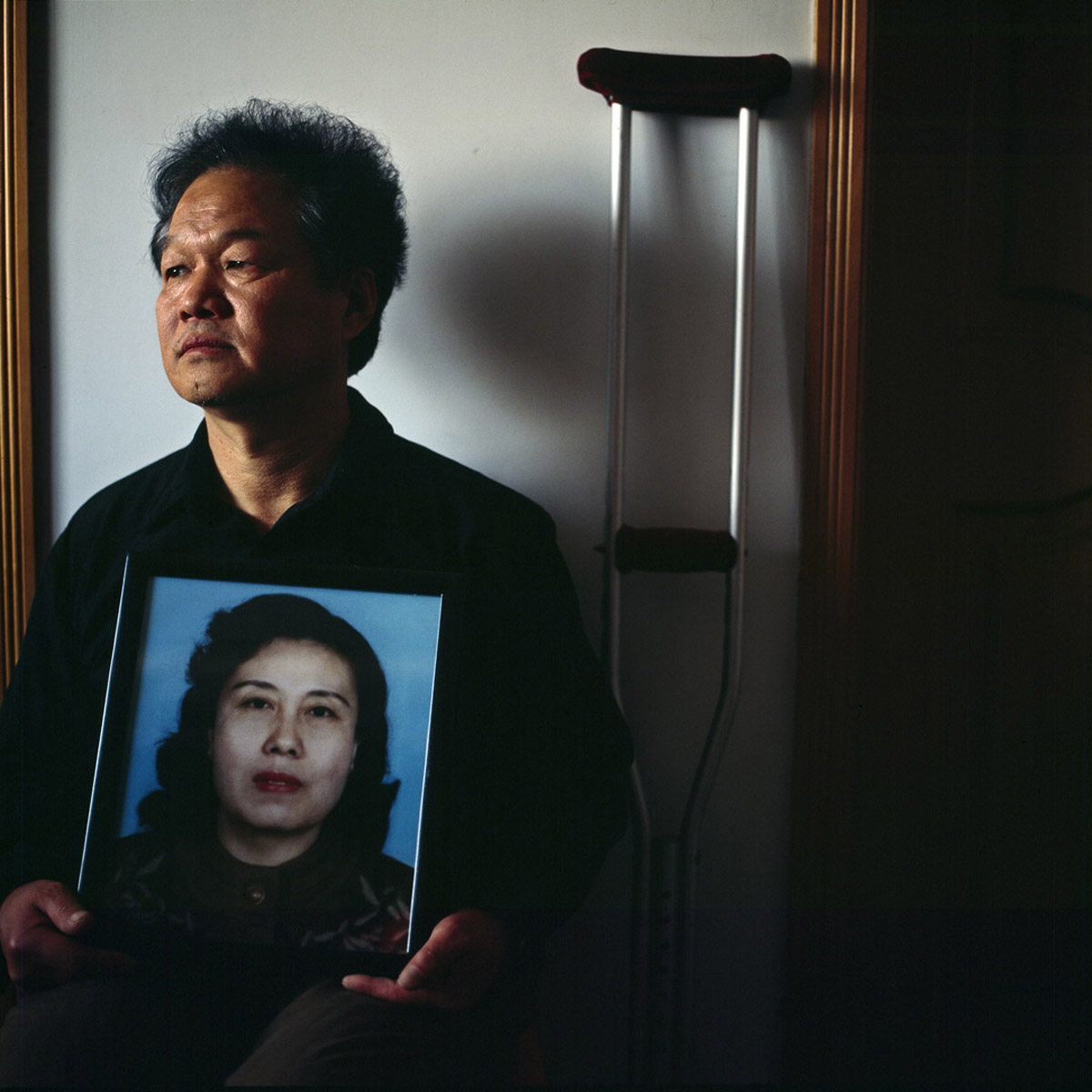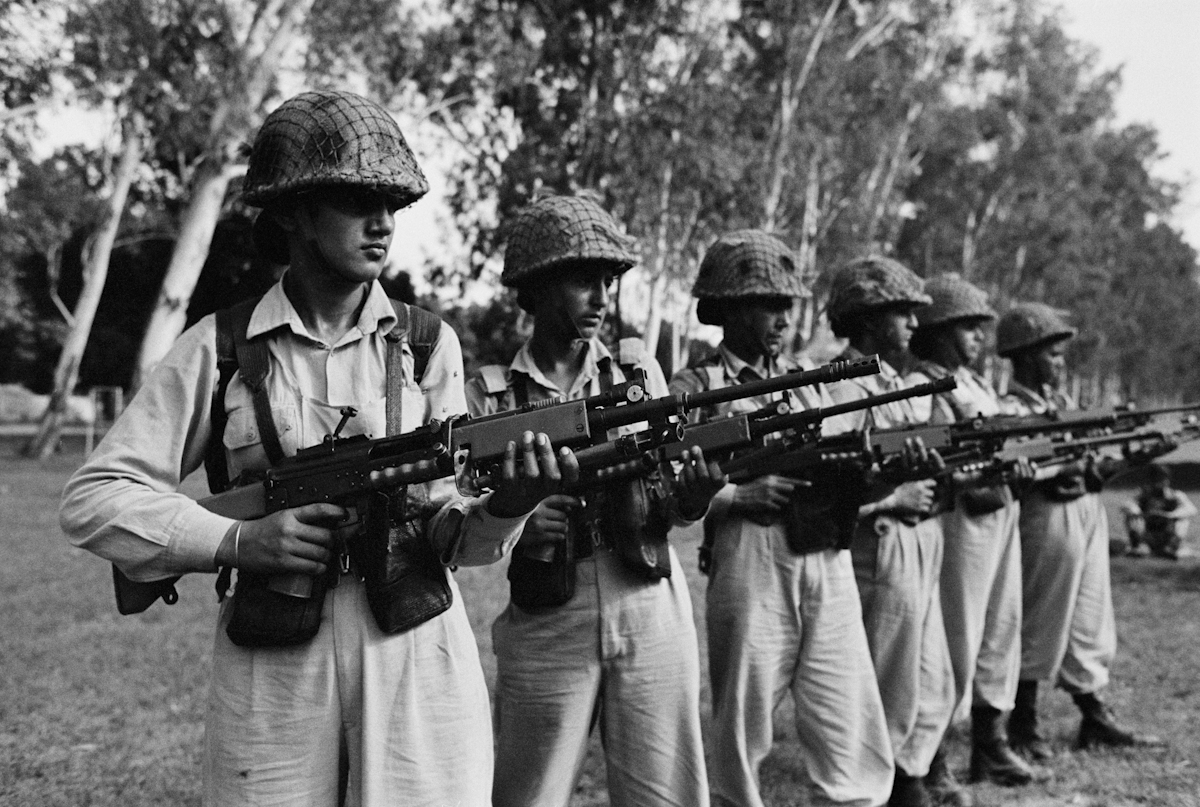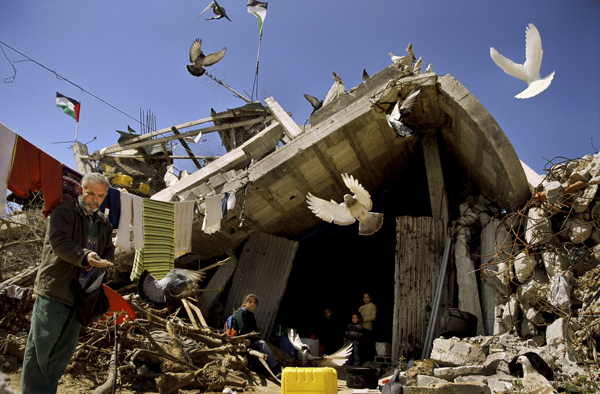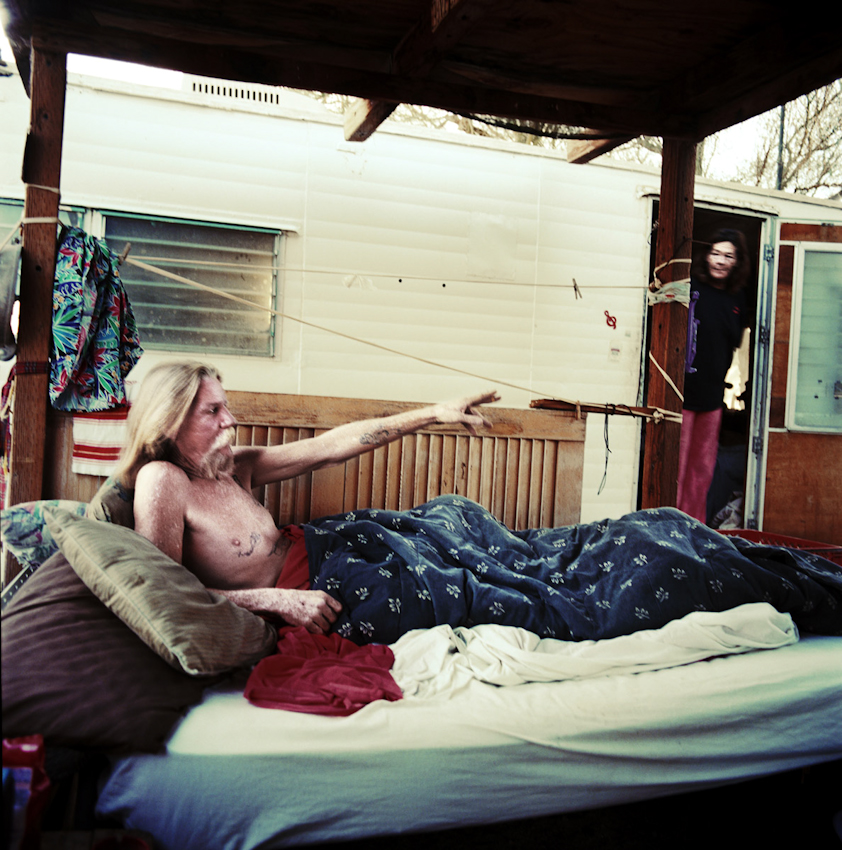Isabelle Pateer (Netherlands): Unsettled
Gallery offline – updating soon
The documentary series Unsettled focuses in a metaphoric way on the idea of “progress” in a case where living environment and heritage have to disappear because of industrial purposes. Within this project this international tendency is illustrated by focusing on the Belgian village Doel and the surrounding polder area. The place is threatened by vast expansions of the port of Antwerp and related nature compensation plans, which installs an artificial contrast between nature and culture.
Unsettled illustrates this actual case in an indirect way, exceeding a pure documentary approach. It shows portraits of young inhabitants alternated by landscapes which bare witness to the transformed state of the area. Leaving a sourish taste by contrasting the young with the local changes, they symbolize the international tendency of global political and economic shifts and the way they manifest themselves to the people and their surroundings. Continue reading Isabelle Pateer: Unsettled

